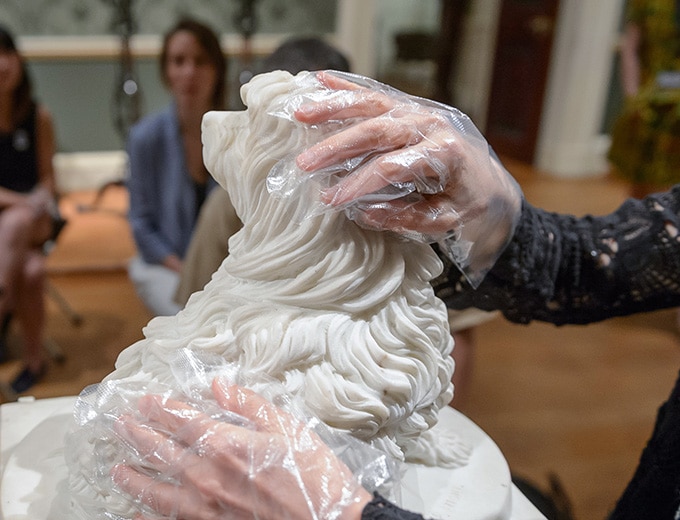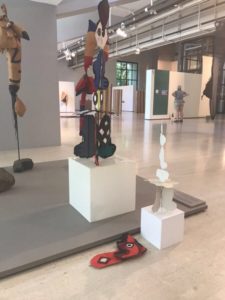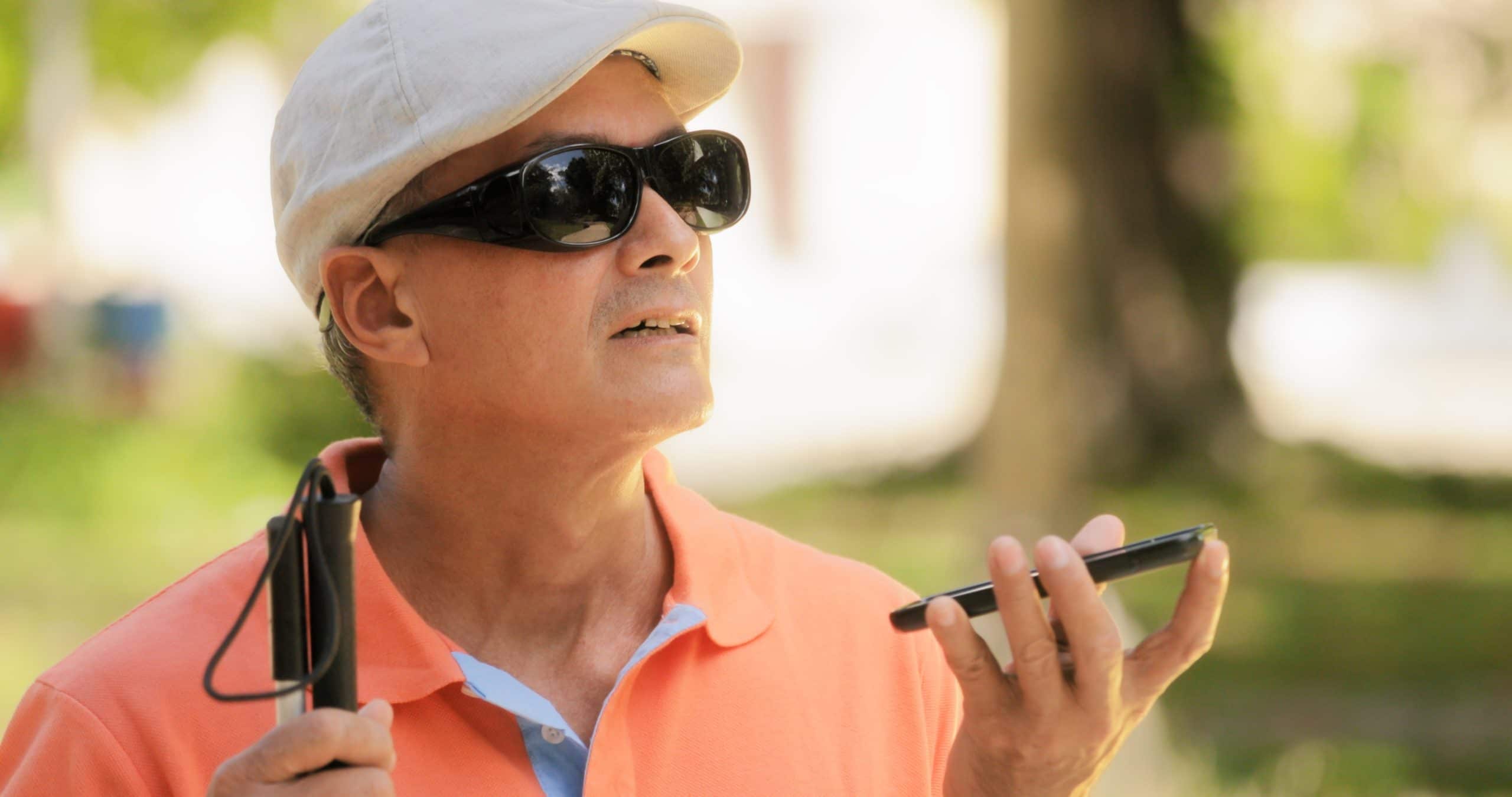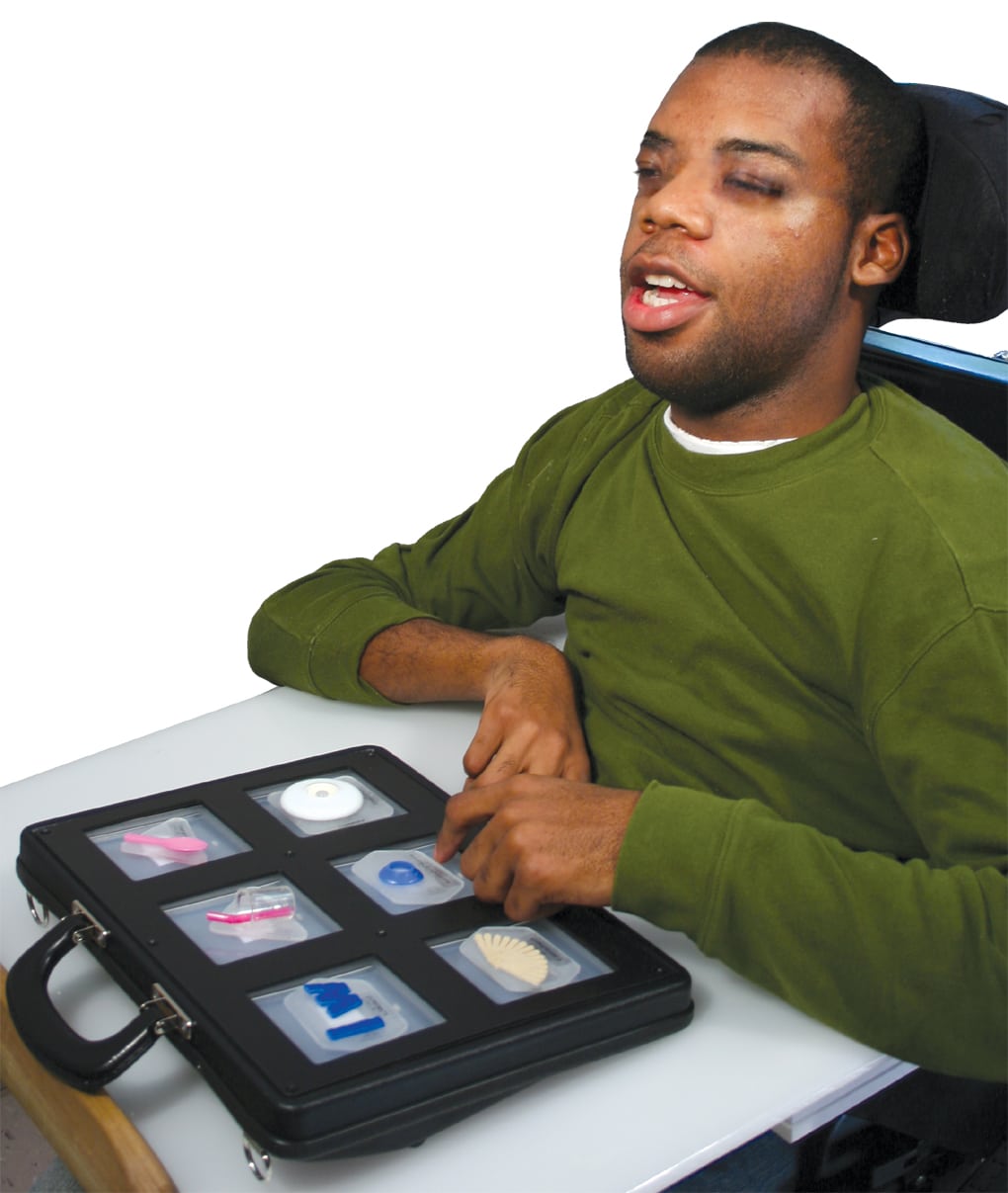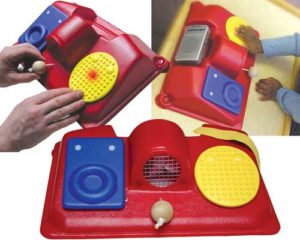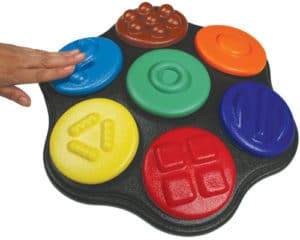It’s August and the gyms are full. Exercise is just as important for people with disabilities as it is for their non-disabled peers. Yet, creating an exercise routine when one has a disability can be complicated.
For example, people with blindness or visual impairment have unique challenges when it comes to maintaining their physical fitness.
Perhaps that’s why a new study by Dr. Keziah Latham, from Anglia Ruskin University in the UK found that visually impaired individuals are twice as likely to be inactive as sighted individuals. But that’s not the whole story.
The U.S. Association of Blind Athletes estimates that it has helped more than 100,000 men and women with vision loss become top athletes in the last 30 years. This figure is just for elite athletes. Millions more individuals with vision loss lead health-conscious, active lives, and they are participating in exercise programs, fitness groups, and activity clubs on a regular basis.”
With the right tools, and techniques, plus a healthy dose of motivation, the benefits of exercise are well within reach for most people with visual impairment and blindness. Here are some tips to help yourself or your loved one get into shape:
1. Discuss exercise options with your doctor
Prior to beginning an exercise routine, be sure to speak with your doctor. This is especially important for people with low vision says Vision Aware.org “since some medical and eye conditions can be affected by bending, lifting, straining, or rapid movement.” If you have a child with a visual impairment, you should also see if there are any limitations before you brainstorm activities.
2. Consider logistical issues
Transportation challenges, inaccessible fitness centers, safety concerns and financial constraints are among the obstacles people with visual impairment and blindness face when designing exercise regimens. Researching transportation options, accessible fitness centers, home-exercise programs and apps will help you determine what makes the most sense for you.
3. Consider personal preferences
Not everyone enjoys the same types of exercise. Investigate fitness options to find the activities you will enjoy. When fitness is fun, you are more apt to continue exercising.
4. Find a partner or coach
“When first learning fitness techniques, work with a trainer,” Vision Aware recommends. “Do not exercise alone, especially when beginning a program, using new equipment, learning new movements, or an unfamiliar environment. A sighted fitness professional or exercise partner ensures safety while providing motivation and boosting confidence.” Though trainers with expertise in training people with disabilities aren’t easy to find, it’s worth checking out the National Center on Health, Physical Activity and Disability’s (NCHPAD) database of personal trainers who have such expertise. Perhaps there’s someone who works in your area.
5. Find fitness programs especially created for blind and visually impaired
Programs like Blind Alive, offer cardio exercise, weight lifting, body sculpting, yoga, pilates, and more. “BlindAlive also offers an Entry Level Bundle for those who have little to no experience with exercise, or want to finally get back into the flow.” Each activity is presented with multiple challenge levels. Other programs such as Eyes Free Yoga and the United States Association of Blind Athletes’ video on adapting judo for the blind also enable people with visual impairment to exercise independently in their own homes.
6. Investigate the availability of accessible equipment
Scifit creates fitness equipment for people with disabilities. Those with vision impairment or blindness will benefit from Scifit’s consoles which feature “high-contrast, non-reflective display that’s easy to read, tactile markings and tactile buttons and audible beeps to confirm selections.” If equipment at your fitness center isn’t accessible, you consider asking center employees to attach braille labels.
Recreation centers and health associations sometimes offer fitness programs for children with visual impairments as well. Do some research to find facilities in your area with kid-friendly fitness programs.
7. Set goals
Setting attainable, realistic goals is helpful to anyone seeking to become physically fit. Consult with a trainer or with online or print literature to create appropriate goals and objectives.
8. Introduce safe habits
For children with visual impairments, try introducing equipment like helmets and goggles to avoid unsafe play like toys with sharp edges or exercise equipment.
9. Create a routine
Once you find an activity that you or your child enjoys, create a schedule and aim to stick to it to build up your fitness habits.


